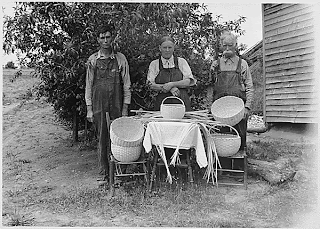Press photographs can be easily linked to photojournalism. These so called 'press photos' are captured by photojournalists who are driven by his/her own instinct to unveil stories not yet informed by many curious news seekers. Cartier-Bresson's prevailing ethic states: Instinct always triumphs over mind. "
You mustn't know too much," he says, describing how he captures "
the decisive moment" on film. "There's nothing to know. Cats know more than human beings on the subject. Cats sniffle: sniff-sniff. Intuition. People use brains too much. Brains are not used for making love."

I have chosen to focus on the unbelievable yet troublesome riots that have been going on for some time now in Greece. These unfortunate events have been illuminated and brought to public view via media which fits its categorical family of press photographs. These photographers had the need to spread the distinct animosity shared among the Greek and their Government.
Art Photography by definition refers to "
photographs that are created in accordance with the creative vision of the photographer as artist. Art photography stands in contrast to photojournalism, which provides visual support for stories, mainly in the print media".

I have chosen the works of Noah Abrams, a spectacular Los Angeles based photographer specializing in documentary portraiture.

The differences that exist between the photos are the ideas behind the photos and timeliness. Press photographs capture the light, color, movement, and subjects without outside influences whereas Art photography generates most of its photos based on the imagination and manipulation of the artist . The photos of the Greek riots were taken as they are. The emotions of people, the actions of the people and the violence at hand are captured; all of which have occurred naturally. The photos of Abrams display a clash of adventure and creativity that he had created himself through his visions and photo enhancements to provide emphasis on his subjects.
The similarities that the photos have in common are the need for exposure and reputation. The Greek riots would have less of an impact on far away countries if not supported and documented through press photography. The art that Abrams demonstrates through his work exposes the beauty of simple objects and how it can shift an observer’s imagination elsewhere.
Like Cartier-Bresson, these photographers felt a sense of rhythm and a sense of life…a sense of liberty. You could catch that with a camera.
Works Cited
Abrams, Noah. "Skateistan."
Noah Abrams Photography. Web. 2010.
<http://www.noahabrams.com/>.
Friend, David. "Cartier-Bresson's Decisive Moment."
The Digital Journalist. Dec 2004. Web. 15 Nov. 2010.
<http://webct.georgebrown.ca/webct/urw/lc2044122001.tp0/cobaltMainFrame.dowebct>.
Messinis, Dimitri. "Photos From Greek Riots."
A Day In Picture. 6 Dec 2009. Web. 15 Nov. 2010.
<http://www.commercialappeal.com/photos/galleries/2009/dec/06/day-pictures---december-6-2009/15255/#section_header>.
"Fine Art Photography."
Wikipedia. 15 Nov 2010. Web. 15 Nov. 2010.
<http://en.wikipedia.org/wiki/Fine_art_photography>.














